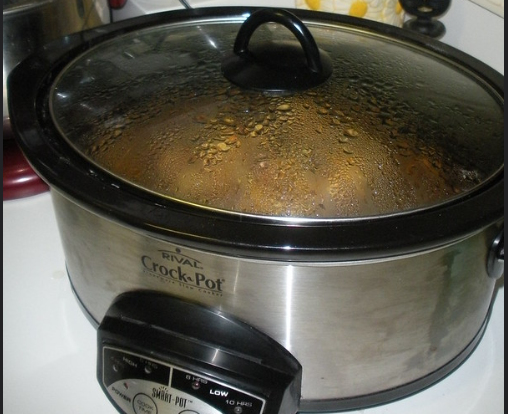Do you know how much you pay for your electricity every month?
Most of us don’t always take a good look at our utility bills, preferring to pay the amount due without so much as a perfunctory glance at the numbers that reflect our consumption pattern. This bad habit prevents us from knowing where and how to start cutting down our electricity costs effectively.
So if you’re really serious about reducing your electricity bills and conserving the planet’s energy reserves for that matter, take a look at the power consumption labels on your home appliances. It will give you a clue as to how you can take a step towards wise energy use. At the same time, you will also know which appliances you need to replace with newer, more energy-efficient models or to repair for better performance.
Power consumption is measured in kilowatt-hours, the same reading that your electric meter uses to measure how much electricity you’ve used up in a month. 1,000 watts = 1 Kilowatt. Running a 1 KW appliance for 1 hour uses 1KWh (kilowatt-hour).
Some of the appliances that are most notorious for being power monsters are:
- Heat pump: 15,000 watts
A warm house during winter can take its toll on your electricity bill, running for as long as 15 hours every day. Assuming that this costs you $1.50 an hour, this adds up to $22.50 per day and $675 per month, just for heating.
- Refrigerator: 1,000 watts
Your fridge is one of the round-the-clock appliances that can figure big-time in your electricity bill. It consumes the most electricity when the compressor kicks in to maintain the right temperature inside the fridge. Try to minimize the time the door is left open, and try not to put warm items directly into the fridge so that the fridge won’t have to work overtime to keep everything cool.
- Clothes dryer: 4,000 watts
While the clothes dryer doesn?t remain constantly on, one cycle can really eat up a big chunk of power. If you don’t have to wear particular clothing items immediately, put them on a hanger and let them drip and air-dry.
- Electric range burner: 1,000 watts
Do you enjoy cooking your own meals? While this is the healthy and wise option, running your electric burner for hours on end can rob you blind in terms of energy costs. If you’re living with your family, cook enough for everyone so that nobody has to make his own meal or dial for a pizza delivery. Be sure to time your dishes so that you don’t over cook the food and waste power in the process. Skip the pre-heating when whenever possible and turn the burner off a minute before it is done cooking. The heat in the pan will continue to cook the food with no extra energy use.
- Dishwasher: 1,200 watts
Washing dishes by hand seems to be a thing of the past, but it’s actually the cheaper alternative to electric-powered washers. Don’t turn it on unless it can run on a full load, otherwise you’ll be powering it up to wash a couple of plates and cups every now and then. Leave the dishes in soapy water in the sink to take away the smell. If your dishwasher features a no-heat drying cycle, be sure to hit this button more often.
- Water Heater: 2,400 -4,400 watts
Keeping water hot uses energy but bringing it up to temperature from cold uses even more energy. Every time you turn on the hot water faucet you add cold water to the tank that needs to be heated from roughly 50 degrees to whatever you set your tank at… generally from 120 to 140 degrees. The higher the temperature you set it at the more energy is used to get it there and maintain it there. Set your water heater as low as possible to minimize both heat loss and energy used to get it up to temperature. Also you might consider an extra insulation blanket to help keep the heat in. These water heater wraps are available in most hardware stores. Try to limit your use of hot water to minimize the cold water being added to your tank. If your appliances need repair… Don’t Throw Out Old Appliances, Save Money By Fixing Them!
See Also:
- How to Reduce Your Electric Bills
- The Frugal Guide to Building Wealth
- Money Potholes on the Marriage Road
- Investing on a Fixed Income




